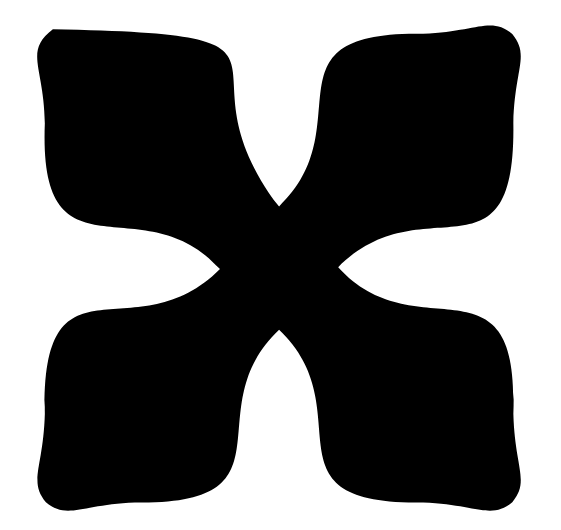The symbol that resembles “×” or “Cross” found in piano sheet music is the musical symbol known as a Double Sharp (![]() ).
).
This article will explain in detail the meaning and usage of the double sharp symbol.
What is a Double Sharp?
A Double Sharp (![]() ) means raising the original note by a full tone (two semitones).
) means raising the original note by a full tone (two semitones).
For example, if a Double Sharp is placed on “F,” it will result in the same pitch as “G.”
Various Accidentals in Sheet Music

- Sharp (♯): Raises by one semitone
- Flat (♭): Lowers by one semitone
- Natural (♮): Restores to the original pitch
- Double Sharp (
 ): Raises by a full tone.
): Raises by a full tone. - Double Flat (♭♭): Lowers by a full tone.
The Double Sharp is a musical symbol that looks like “×” or “Cross.”
Recommended Article
When Does a Double Sharp Appear?
G♯ Minor (Sharp Minor Key)
The Double Sharp (![]() ) appears in the G♯ minor scale.
) appears in the G♯ minor scale.
When Used in Modulation or Accidentals
Double sharps are used when a piece modulates or when accidentals are used to modify the pitch of notes.
- When it is necessary to raise a note by a full tone.
- When it is written to adjust the pitch in a modulation section.
Pieces with Strongly Tonal Elements Outside the Key
In modern pop music, where the movement of notes is freer and not constrained by tonality, a Double Sharp may appear.
Summary
The Double Sharp (![]() ) is an important symbol when reading sheet music.
) is an important symbol when reading sheet music.
Learn the rule that it raises the note by a full tone, and deepen your understanding of the Double Sharp!

